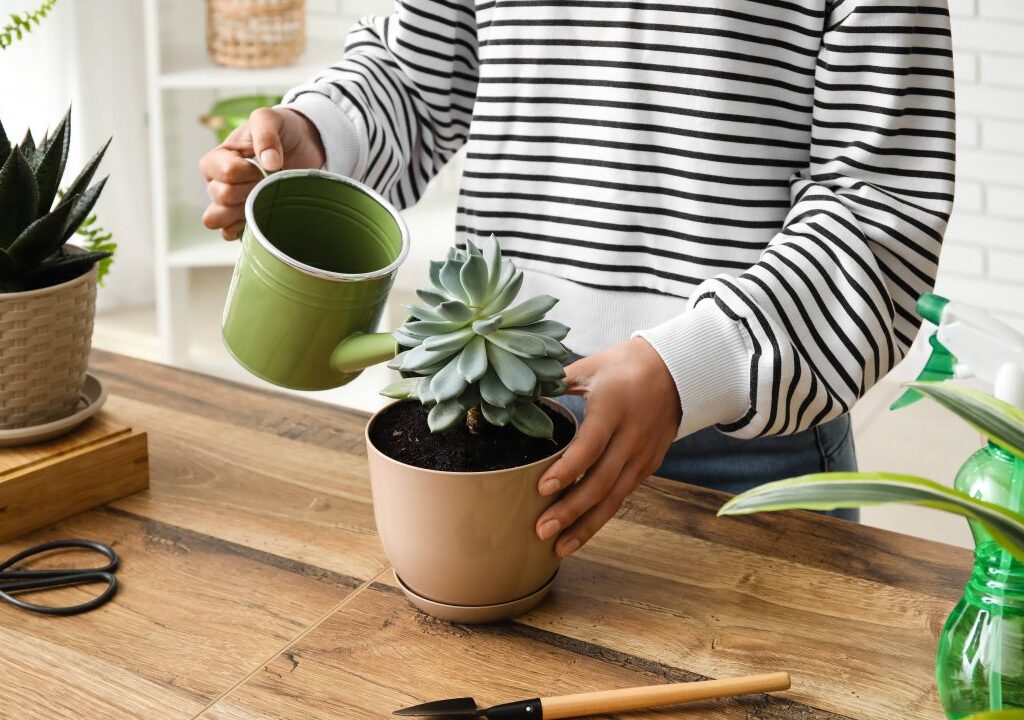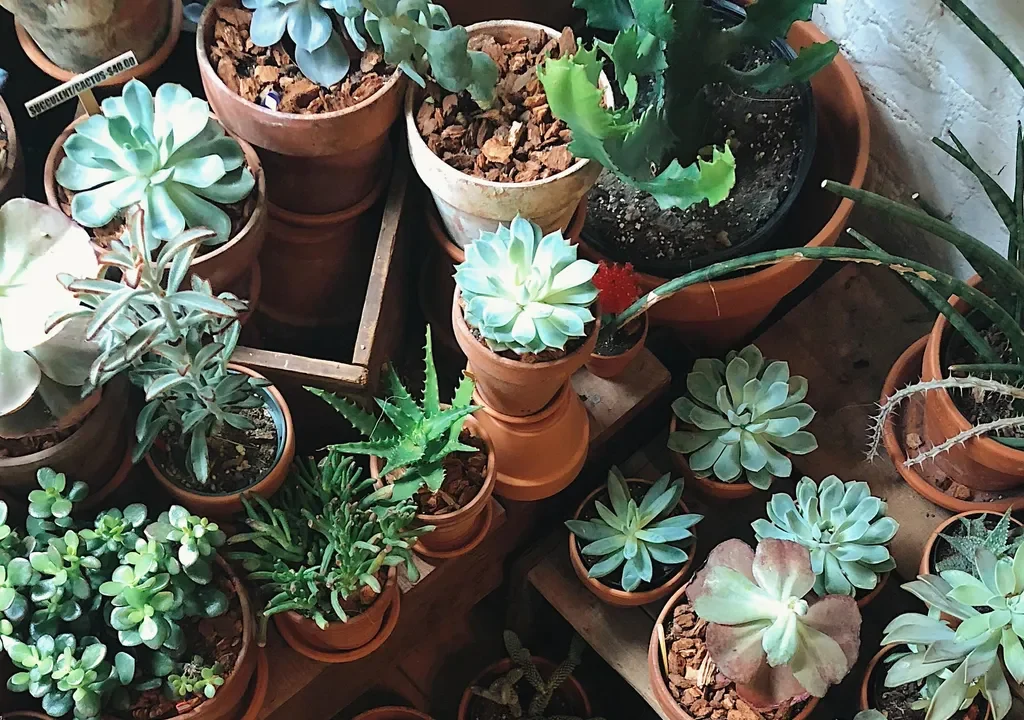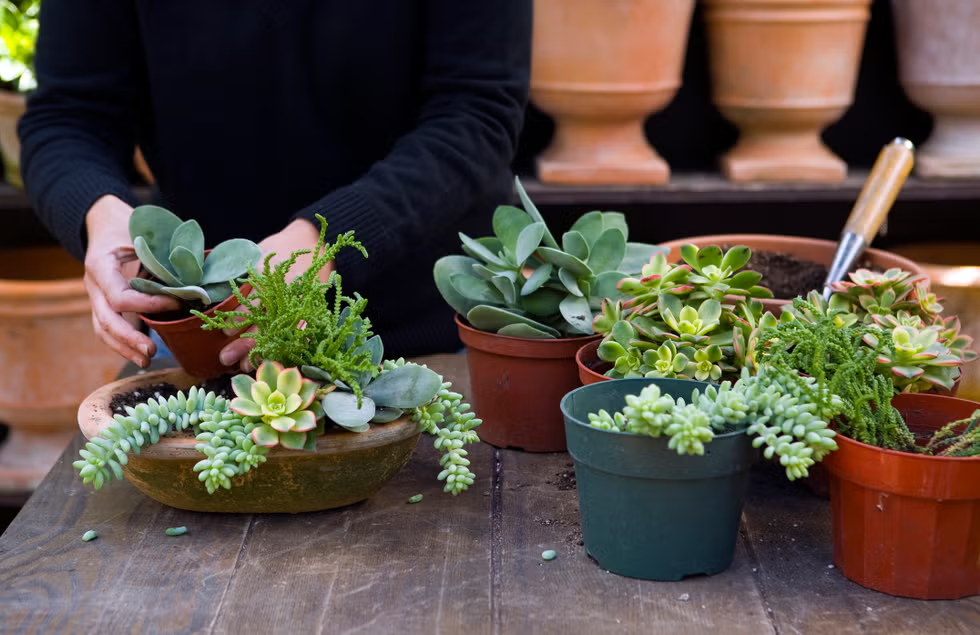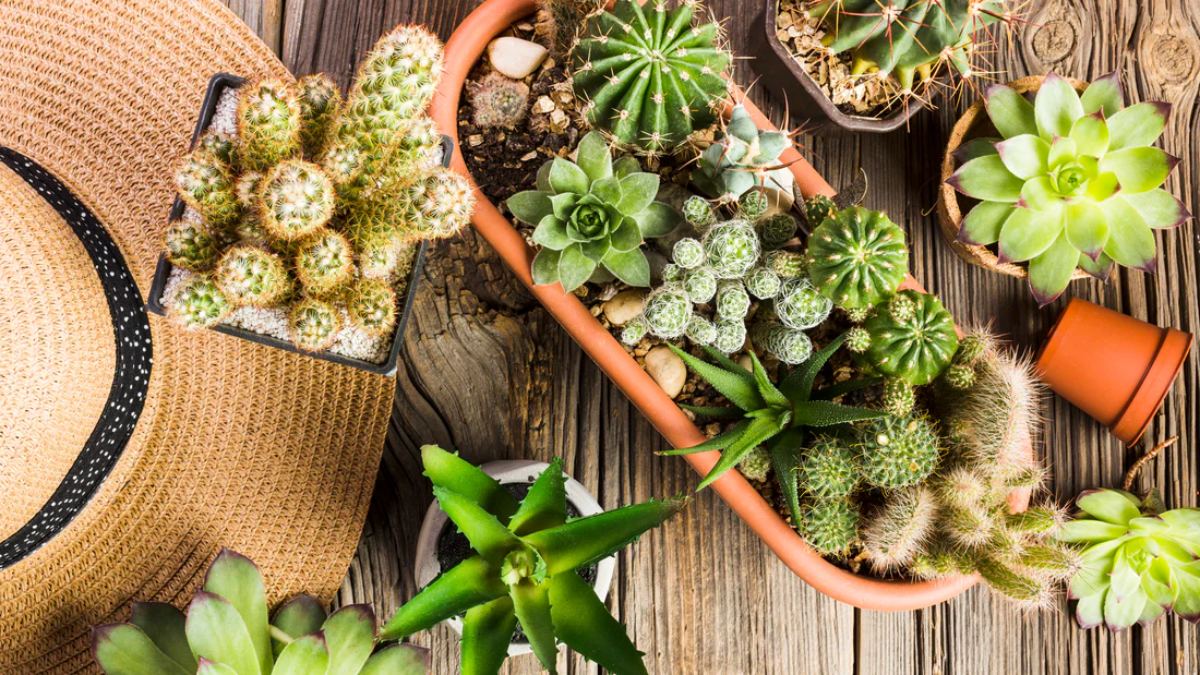Succulent plants have earned a special place in homes and gardens around the world. Their plump, fleshy leaves and striking shapes make them an irresistible choice for plant enthusiasts and beginners alike. Beyond their beauty, succulents are known for their resilience and low-maintenance care routines — making them perfect for busy lifestyles and novice gardeners.
If you’ve ever wanted to grow succulents successfully but weren’t sure how to start, this guide is for you. Let’s dive deep into everything you need to know about taking care of succulent plants and helping them thrive.

What Are Succulent Plants?
Succulent plants are a diverse group of species that store water in their leaves, stems, or roots. This adaptation allows them to survive in arid and dry conditions where water is scarce. The word “succulent” comes from the Latin word sucus, meaning juice or sap, referring to their water-retaining abilities.
Succulents come in countless shapes, sizes, and colors — from the charming rosettes of Echeveria to the geometric beauty of Haworthia and the trailing elegance of String of Pearls.
Some of the most popular succulents include:
- Aloe Vera
- Echeveria
- Sedum
- Crassula ovata (Jade Plant)
- Haworthia
- Kalanchoe
- String of Pearls (Senecio rowleyanus)

Light Requirements for Succulents
Succulents love light — but not all types of light are created equal. Proper lighting is key to maintaining their shape, color, and health.
Indoor Succulents
Place your succulents near a south- or east-facing window where they can receive bright, indirect light for at least 6 hours a day. If natural light is limited, consider using a grow light to supplement.
Outdoor Succulents
Outdoor succulents thrive in bright, direct sunlight. However, if you’re moving a plant from indoors to outdoors, do so gradually to avoid sunburn. Start by placing them in a shaded spot for a few days before exposing them to full sunlight.
Tip: Watch for signs of too much or too little light:
- Too little light: Stretching (etiolation), pale leaves.
- Too much light: Scorched or sunburned patches on leaves.

How to Water Succulents Correctly
Watering is often the trickiest part of succulent care — and the number one cause of plant death is overwatering.
General Watering Rule
Let the soil dry out completely between waterings.
Succulents prefer a “soak and dry” method:
- Water the soil thoroughly until excess drains out.
- Wait for the soil to dry entirely before the next watering.
How Often Should You Water?
This depends on several factors:
- Season: Succulents need more water in summer and less in winter.
- Environment: A dry, sunny spot dries out faster than a shaded, humid one.
- Container Type: Terracotta pots dry faster than plastic ones.
Average Watering Frequency:
- Indoor: Every 10–14 days in summer; once a month in winter.
- Outdoor: Every 7–10 days in summer; every 3–4 weeks in winter.
Signs of Overwatering:
- Mushy, translucent leaves
- Black spots (rot)
- Wilting despite wet soil
Signs of Underwatering:
- Wrinkled, shriveled leaves
- Dry, brittle stems

Best Soil for Succulents
Succulents hate soggy roots, so good drainage is essential.
Ideal Soil Mix
Use a fast-draining soil mix specifically for cacti and succulents, or make your own:
- 2 parts potting soil
- 1 part coarse sand
- 1 part perlite or pumice
Avoid regular garden soil, which retains too much moisture.
Choosing the Right Pot
The best pots for succulents have:
- Drainage holes at the bottom.
- Materials like terracotta or ceramic, which allow the soil to dry faster.
Avoid glass containers or pots without drainage unless you’re experienced in careful watering techniques.
Propagating Succulent Plants
One of the most exciting aspects of succulents is how easy they are to propagate — allowing you to grow new plants from leaves, cuttings, or offsets.
Propagation Methods:
- Leaf Cuttings:
- Gently twist a healthy leaf from the plant.
- Let it dry for a day or two.
- Place it on top of soil, mist occasionally.
- Roots and baby plants will appear in a few weeks.
- Stem Cuttings:
- Cut a healthy stem with a clean, sharp knife.
- Let it dry for a couple of days.
- Plant the cutting into soil and water lightly after a week.
- Offsets (Pups):
- Some succulents produce small offshoots.
- Gently separate these and replant them.
Succulent Plant Care in Different Seasons
Succulents have different needs depending on the time of year.
Summer
- Increase watering frequency.
- Watch for sunburn.
- Fertilize once a month with a diluted, balanced liquid fertilizer.
Winter
- Reduce watering significantly.
- Move outdoor plants indoors.
- Avoid fertilizing during dormancy.
Note: Some succulents like Kalanchoe bloom in winter and may need extra care.
Common Succulent Problems and How to Fix Them
1. Pests
- Mealybugs, aphids, and spider mites can attack succulents.
- Use a cotton swab dipped in alcohol or insecticidal soap.
2. Rotting
- Caused by overwatering or poor drainage.
- Remove the plant, cut off rotten parts, and replant in dry soil.
3. Stretching (Etiolation)
- Happens when succulents don’t get enough light.
- Move them to a brighter spot or use a grow light.
Cleaning and Grooming
Keep succulents dust-free by gently wiping leaves with a soft, damp cloth. Remove dried, dead leaves at the base to prevent pests and rot.
Why You’ll Love Growing Succulents
Succulents offer countless benefits:
- Low-maintenance care
- Air-purifying qualities
- Decorative appeal for homes and offices
- Fun propagation opportunities
- Wide variety of shapes, sizes, and colors
Whether you’re placing them on a sunny windowsill, a work desk, or an outdoor patio, succulents are a perfect way to bring a touch of nature into your space.
Final Thoughts
Caring for succulent plants successfully isn’t difficult — it’s about understanding their natural habits and mimicking those conditions. Provide them with plenty of light, allow the soil to dry between waterings, use the right soil mix, and protect them from cold or overwatering.
With just a little attention and the right environment, your succulents will reward you with years of beauty, texture, and charm. So go ahead — start your succulent collection today!






Leave A Comment